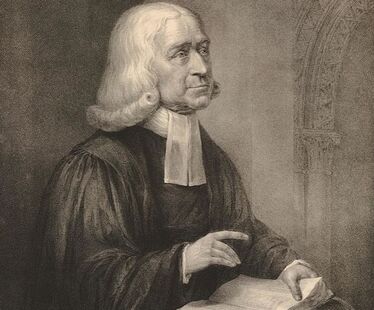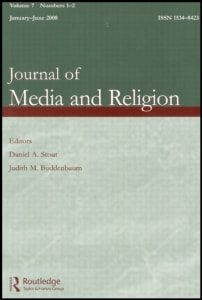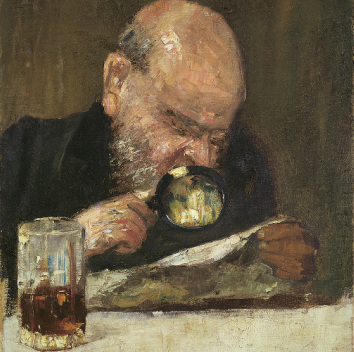
There are different ways of approaching the Bible. Some scholars are interested in historical events reflected in texts. Others look at how texts came together. I am interested in closely reading biblical texts. Using tools from literary approaches and rhetorical criticism, I investigate both their content and means of persuasion. The image on the left, Lesser Ury's 1895 Reading with a Magnifying Glass, illustrates the careful study of texts that I deeply appreciate. The works below either explore the field of rhetorical criticism or use its methods.
Harvard Theological Review plans to publish an article I wrote on Genesis 9:20-27, which contains the so-called "curse of Ham." Among other things, I attempt to uncover how the text works rhetorically.
|
People sometimes wonder what John Wesley would have thought of modern methods of biblical criticism. In this article, I show key pieces of evidence suggesting he would have used and promoted literary approaches to the Bible: “John Wesley's Assessment of Early Biblical Criticism.” Wesleyan Theological Journal 55, no. 2 (2020): 127–46.
|
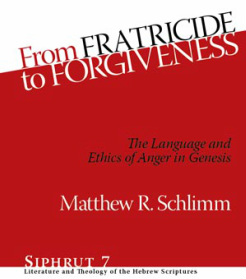
Methodologically, my book From Fratricide to Forgiveness draws on literary tools conduct close readings of texts in Genesis dealing with anger.
|
I use methods of rhetorical criticism in “The Necessity of Permanent Criticism: A Postcolonial Critique of Ridley Scott’s Kingdom of Heaven,” Journal of Media and Religion 9 (2010): 129-149 (lead article).
|
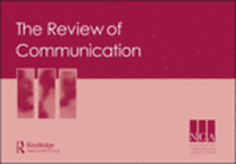
I explore possible relationships between biblical studies and rhetorical criticism in “Biblical Studies and Rhetorical Criticism: Bridging the Divide between the Hebrew Bible and Communication.” Review of Communication 7.3 (2007): 244-275.
|
Back to Topics
Several images on this page come from Wikimedia Commons. Click the following links to see sources and licensing information: Reading with a Magnifying Glass. Curse of Ham. John Wesley.

